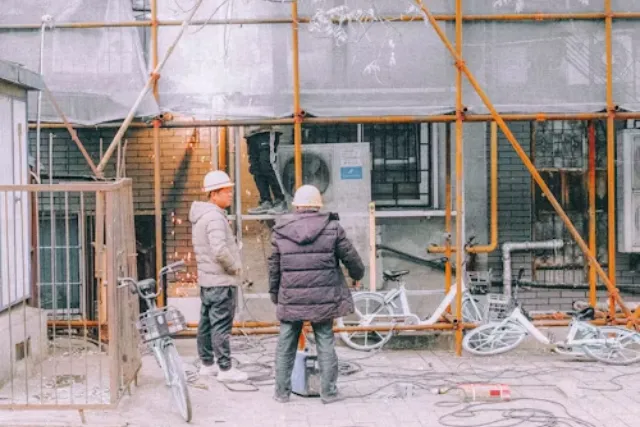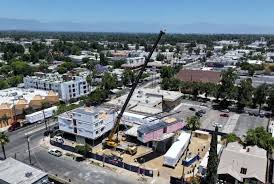
Universities across the U.S. are increasingly adopting modular construction for dormitories and student housing, seeing it as a way to speed up delivery, cut costs, and reduce long-term maintenance issues.

Modular building has long been a fixture in affordable housing projects, but higher education is now ramping up its use, according to Jim Stanley, executive vice president and Los Angeles division manager at Suffolk Construction, a national contractor with modular expertise.
One of the most ambitious examples is California Polytechnic State University, which plans to add 3,000 beds over the next decade using modular methods. The approach aims to deliver housing at a lower cost than traditional stick-built projects while ensuring the design remains consistent with the university’s historic architecture.
“Especially with a renowned university like Cal Poly, they want it to be an experience for the student, and they have some historical buildings, so you’re competing with older student housing and you want it to still be a positive experience,” Stanley said.
While early modular designs were often plain and boxy, the method has evolved. Units now feature more complex architectural elements, including ornamental projections, without undermining the cost and efficiency benefits of standardized components.
“I’ve seen quite a few modular jobs that have [ornamental] projections where the [modules] get stacked,” Stanley said. “Maybe the actual box itself has to be enhanced in order to handle some of these things.”

Manufacturers follow two main models: either building each unit from scratch or assembling them from outsourced parts — much like the automotive industry. “They might outsource the frame construction, the wall panel construction and the bathroom pod — similar to how a car is made,” Stanley explained.
The time savings can be dramatic. A 100-unit modular building’s main structure could be completed in just seven days — roughly 30% faster than stick-built methods — with proportional savings in labor and overhead.
“Yes, I still have to scaffold it and roof it,” Stanley said. “I have to put the facade on the skin, and there’s still work that has to happen, but the structure gets topped out, plus the interior fitted out” in that shorter time frame.
Once the modules are craned into place, crews quickly connect plumbing, electrical, and mechanical systems. “From a plumbing perspective … I have about 18 inches of new pipe that I have to install to connect point A to point B,” Stanley said. “Same with mechanical. It’s very self-contained in the unit.”
For those who maintain campus buildings, modular construction offers quality and reliability benefits. Since units are built in controlled environments under strict quality checklists, defects such as missing plumbing traps are less likely.
“If I am building the same unit over and over, 100 times, and I have the same person doing the same task 100 times … there’s a lot more control,” Stanley said.
Suffolk applies the same oversight to modular as it does to traditional projects, sending representatives to factories to ensure quality. “The quality of the mod, ultimately, is the quality of the job because we own the end product, so it behooves us to [oversee] their production,” Stanley said.
While most higher ed modular projects focus on dorms, the method could eventually expand to labs and classrooms. “Some K-12 schools are experimenting with modular-built classrooms and other buildings, but at the college level, expanding beyond housing remains mainly in the conversation stage,” Stanley noted.
Still, he sees modular as a strategic answer to industry-wide challenges: “You have increased cost of materials, skilled labor shortages… With modular, you’re taking a lot of variables and putting them into a manufacturing environment.… That’s where I see [construction] trending.”
Originally reported by Robert Freedman in Construction Dive.